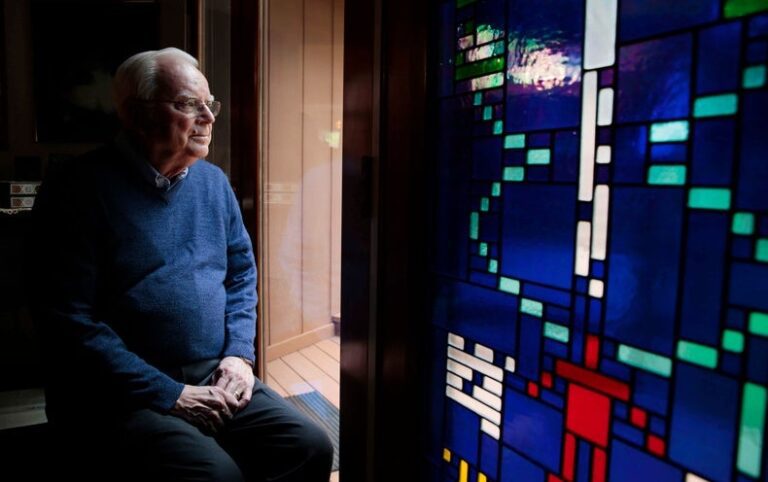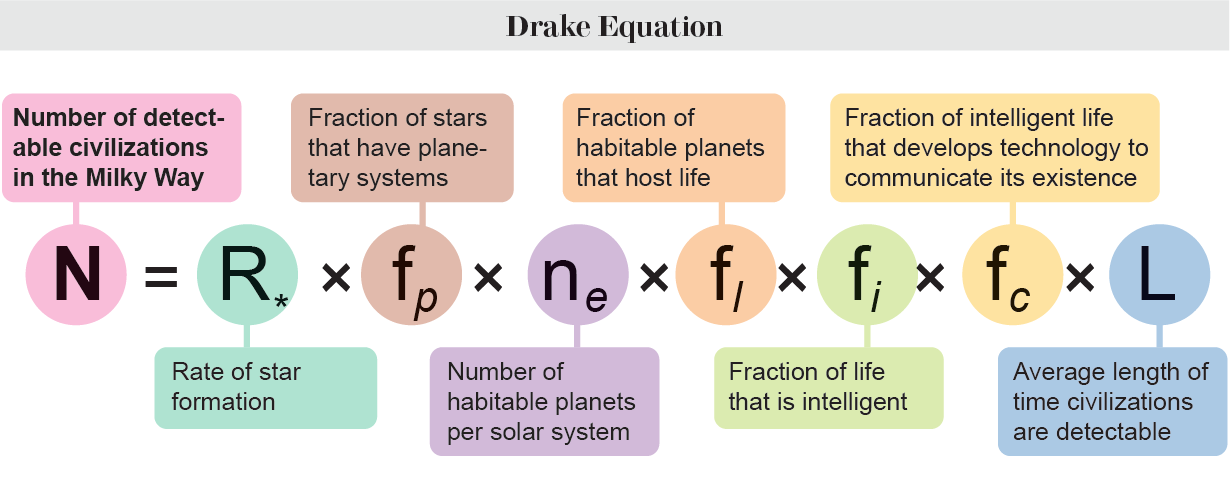
[ad_1]
“We make our world significant by the courage of our questions and by the depth of our answers,” Carl Sagan said in his landmark TV series Cosmos. By that standard, astronomer Frank Drake, who passed away recently, put our planet on a trajectory to greater significance. Until Drake came along, the search for extraterrestrial intelligence (SETI) was not really considered a scientific matter. But that didn’t stop him. Drake wanted to know the answer to a question, and he had the courage to ask it.
Science, however complex and specialized, has at its core big, courageous questions like: What is the universe? How did it begin? What created life, human beings, and these minds of ours that can ask?
Since the scientific revolution, we have made significant progress on all of these questions, and remarkable progress on some. But there’s one big question that science seemingly forgot. Even though it’s one that children everywhere, looking out into the night, have asked.
Are we alone?
Some outstanding engineers in the early 20th century, like Guglielmo Marconi and Nikola Tesla, made an effort to listen for possible signs of civilization on Mars. But that flutter of interest passed, and by mid-century the search for life beyond Earth had virtually no prestige, funding or institutional support. Until Drake. He saw that the possibility of other civilizations is not just an interesting question. It’s a fundamental one. If we are alone, we have an extraordinary responsibility to explore and understand as much as we can. And if there are others, they may well be the most fascinating phenomenon in existence. So he set about the hard work of turning vague speculation into rigorous science.
In 1961, Drake helped set up the first conference on SETI, at the Green Bank Observatory in West Virginia; Sagan was among the attendees. There Drake presented his famous equation—now known as the Drake equation—defining the number of intelligent civilizations in the galaxy as a product of seven factors. For one of the factors—the rate of star formation in the Milky Way—there were reliable estimates. But the rest—the frequency of habitable planets, as well as the origins and evolution of life upon them—were filled with unknowns. Yet the equation epitomizes the character of great science: it is simultaneously humble and ambitious.

Faced with the seemingly lifeless emptiness of space, and almost no data to guide him, Drake quantified our ignorance, and in doing so put bounds on it. From that simple line of symbols grew a whole scientific field, whose leaders Drake developed, encouraged and inspired for 60 years. Yet his power to inspire was not limited to fellow scientists. It touched me, too.
In 2012, my wife Julia and I had joined the Giving Pledge, committing to support scientific causes. We were looking for an area of science where our contribution might make a tangible difference, and three people inspired us to found Breakthrough Listen, a major new astronomical program looking for civilizations beyond Earth.
The first inspiration was talking to Stephen Hawking, who had a long-standing interest in the subject. The second was moving into our new house and discovering that the late Bernie Oliver, a pioneer of SETI, had once owned it. Maybe it was something about the hill it stands on, overlooking Silicon Valley, but looking up from our garden at the night sky I remembered my own childhood fascination with the question, how I had read and reread Iosif Shklovsky and Sagan’s Intelligent Life in the Universe and dreamed of finding another civilization.
The third influence was Drake. In 2014, Julia and I accompanied him to Puerto Rico to visit the Arecibo observatory, at the time the world’s largest single-aperture telescope. Standing beside him, by the great dish from which he’d sent the first-ever radio greeting from our planet to the galaxy, I gained a clearer sense of SETI’s extraordinary potential.
More than half a century has passed since the Green Bank conference, and today SETI is thriving. With the work of Breakthrough Listen and our partners at the University of California, Berkeley, as well as the contributions of the SETI Institute and others, there are now major telescopes on six continents collaborating on radio surveys in search of signals. These telescopes cover 10 times more of the sky than previous programs, 100 times faster, and pour out petabytes of data that state-of-the-art machine-learning tools analyze for signals. Meanwhile, thanks primarily to NASA’s Kepler space telescope and its discovery that almost all sunlike stars have Earth-like planets, astrobiology has become one of the most fertile fields in science. We have not found intelligence, or even life, yet. But there has never been a more exciting time to look for it, or a better chance of knowing it when we see it.
This is real progress. And it was all sparked by one gentle, brilliant and passionate man, who had the courage to ask a big question.
This is an opinion and analysis article, and the views expressed by the author or authors are not necessarily those of Scientific American.
[ad_2]